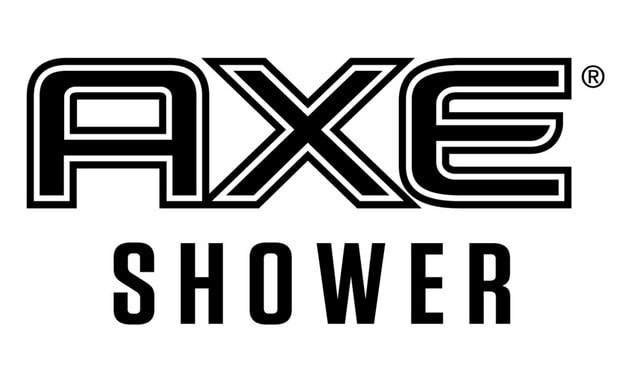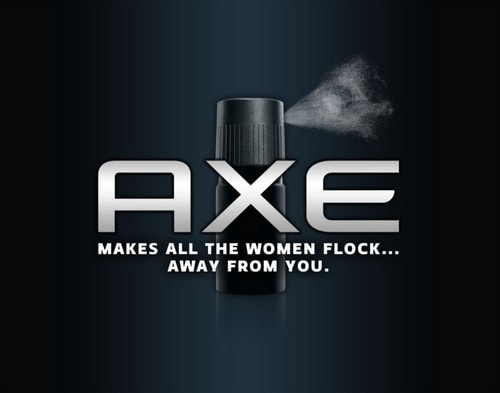Ruling the Men’s grooming market since 1983, the brand AXE has diversified into 4 products lines in order to offer a complete range of grooming products to men.
The brand has been owned by the Anglo-Dutch company, Unilever and has been positioned to target the young male population. It is known as Lynx in countries like Australia, the United Kingdom, Ireland, and New Zealand due to trademark issues while it is known as EGO in South Africa.
Table of Contents
Segmentation, targeting, positioning in the Marketing strategy of Axe –
The industry in which AXE operates has been segmented by Unilever based on the variables such as Gender, age, income, region, behavioral characteristics, attitude etc. Thus the mix of demographic, psychographic and geographic segmentation strategy is used by the company.
Undifferentiated targeting strategy is used by the brand, as the Men have been the target audience for the offerings of the company.
AXE has positioned itself as a brand questioning the status quo of the male population and breaking the stereotypes. It uses user benefit based positioning strategy.
Marketing mix – Here is the Marketing Mix of Axe.
SWOT analysis – Here is the SWOT analysis of Axe.
Mission- “Not to expose the pressure guys feel to ‘be a man’ and empower them to be whoever they damn well want”
Vision- “Not Available”
Tagline-“Be yourself”
Competitive advantage in the Marketing strategy of Axe –
A leader in FMCG market: Being present in diversified consumer good product categories with more than 35 brands, Unilever is leading the FMCG businesses in many markets especially developing nations resulting in high visibility and awareness of the brand AXE.
Optimised Distribution cost: As compared to its competitors in the market, AXE has edge over the competition as the per unit distribution cost is being optimized with the due to economies of scale on a distribution of other brand products along AXE.
Parent company: Unilever is a well-known conglomerate in the FMCG market known for its extensive reach in more than 100 markets globally it serves into. With such wide presence in the broad product categories and with large SKU’s (Stock keeping units) is helping the company in understanding the demand pattern and occupying large shelf space in the stores.
BCG Matrix in the Marketing strategy of HUL –
The Parent company Unilever have a presence in 4 products under the brand AXE which consist of Deodorant & Antiperspirant, Hair Care, Fragrance, and Bodywash.
The product line such as Deodorant & Antiperspirant and Fragrance are Stars in the BCG matrix due to its acceptability in the majority of the markets while the product segments Haircare & Bodywash are question-mark in the BCG matrix.
Distribution strategy in the Marketing strategy of HUL –
A multi-channel strategy is used by the company to make the AXE brand of products available to the customers. It distributes the products through different mediums such as distributors, retailers, resellers, pops & mom stores, and e-commerce sites.
For more than 34 years the brand has helped the customers looking confident in more than 90 countries across the globe. It is known as Lynx in countries such as UK, Ireland, Australia, and China.
Brand equity in the Marketing strategy of HUL –
Through sponsoring various fashion shows, events the brand has increased its visibility in the market and awareness about the hygiene factor, crave of a man to look confident and smell good.
Engaging with the communities through different mediums like social and digital platforms has helped the company in becoming most favored Body Spray Brand in most of the market it operates into.
Competitive analysis in the Marketing strategy of HUL –
The total body spray market is of more than 5000 Crs in which Men segment covers 70% of the market share. The Axe deo and fragrances are the front-runner in the majority of the markets with 11% market share in the industry.
It competes with brands such as FOGG, Park Avenue, Wild Stone, Adidas, Nike and many others in one or more markets.
Market analysis in the Marketing strategy of HUL –
Body Spray and the Deodorant market is flourishing with consumer giving more importance to hygiene factor, a rise in a middle-income segment, migration of population from rural regions to metropolitan cities, awareness among the consumers for look good factor.
The market is driven by the advertising campaigns that companies in this businesses run to lure the customers which implies that companies are heavily relying on the risk of failure in communicating the messages and indirect benefits of the products to the customers.
Customer analysis in the Marketing strategy of HUL –
AXE is being targeted to the Men who are in the age group of 15-40 years and are in constant search of their inner self. The brand position itself as an offering which can help the customer in smell good, feel good and be confident in itself.
Majority of customers of AXE are middle and upper-middle income class customers.
Liked this post? Check out the complete series on Strategies

